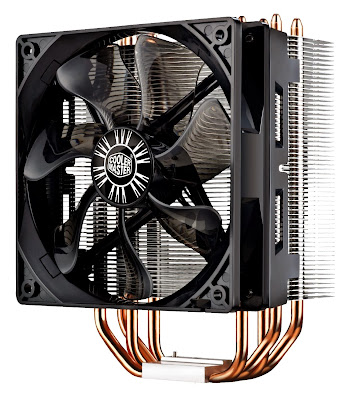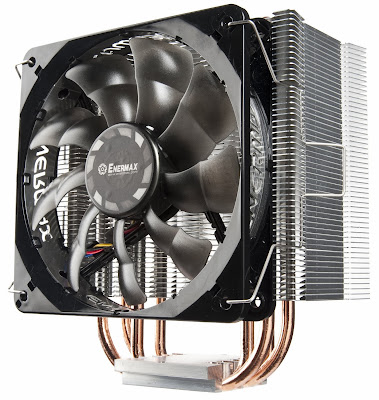Saints Row IV Xbox 360 --> CLICK
Saints Row IV PSP3 --> CLICK
With great power comes no responsibility whatsoever
How do you give more power to the leader of the Saints, a man (or woman) already globally celebrated as a crazed, untouchable psychopath? In Saints Row IV, Volition have made him President of the United States. The demo I played opened with the Prez swaggering towards a press conference, making snap decisions on key matters of state. Do I solve world hunger or give cancer the middle finger? Do I agree to a Nyte Blayde marathon with Josh Birk, the show’s airhead actor? Do I punch a fussy old congressman in the face, or the balls? I make my choice: screw cancer; hell yes; right in the crotch.
Obama’s an amateur compared with me. What’s next? Oh, aliens have attacked. Saints Row: The Third was wholly encapsulated by a single song on its soundtrack: Kanye West’s “Power.” Like that song, the game was brash, crude, and childishly defiant, but also self-aware. It was the moment the series found its identity. It stopped trying to be a fun GTA clone, reassessed its ridiculousness, and decided to run with it.
Naked. Saints Row IV continues to run—but now that sprint has become a superspeed blur The dubstep gun does everything you’d expect weaponized wubs to do. I tackle my alien immigration issue with an appropriately insane response. As my cabinet—returning characters Shaundi, Oleg, Kinzie and Pierce—are abducted, I run to the Oval Office, clean out a weapons cache and proceed to gun down the invading Zin across a White House under siege. For most games this would be a climactic setpiece. For Saints Row IV, it’s the second mission. Not that the relentless assault of absurdism is always matched by the game’s individual objectives. After a series of firefights through the crumbling corridors and stairways of power, the mission’s end is somewhat reserved: a turret sequence and a quick time event.
Saints Row IV’s response? Become even more absurd. When the demo skips forward, I’m back in SR3’s home city of Steelport. More accurately, I’m in a virtual recreation of it. Zinyak has placed the protagonist and his crew in a Matrix-style prison, and it’s here that the rest of the game plays out. Also: I have superpowers. There’s a sense that Saints Row IV is a direct expansion to its predecessor—a viewpoint supported by the repeated use of both setting and game engine. But if the lack of a new space to explore is disappointing, it’s balanced by the way Volition uses the setup to re-evaluate how its game’s systems work. It’s now free to provide a more enjoyable route around its open world.
Given the choice, would you rather get into a car and diligently follow the road, or sprint up a building, leap into the air and glide across the map? It doesn’t matter. You can do either. And it’s not just movement that has been overhauled. Health no longer regenerates. Instead, the enemies you kill drop arcade-style healing orbs. It seems counterintuitive at first, but the upshot is that the best way to stay alive is to stay in the fight. The wanted level has been similarly tweaked. Criminal actions draw the attention of regular beat cops. If you extend your spree, hoverbike-mounted Zin will join the pursuit. Keep going and you’ll signal a Warden—a tough miniboss encounter. Beat him and the meter resets, making you incognito again. (At least, as incognito as a superpowered president in a virtual world can be.) SR4 feels like a game that wants to challenge, but not punish, aggressive play.
SR4 also provides you with the series’ most varied arsenal to date. In addition to enhanced speed and jumping, a second set of powers provides you with combat abilities. A freeze blast will slow and shatter your enemies, a ground shockwave gives a powerful area of effect attack, and telekinesis will unceremoniously grab objects and people. It’s a skill tested in one of the new minigames, a spin-off to SR3’s Genkibowl in which I was challenged to
fling mascots through glowing hoops. Combat powers have their place, but there’s a short cooldown period between use, so the guns are still the star. Joining the inevitable standards of shotgun, pistol and rifle, I saw two of the game’s signature weapons.
One fired a mini-black hole that devastated the surrounding area (and me if I got too close). The other fired dubstep as an arcing neon laser. It did everything you’d expect weaponized wubs to do: everyone who’s hit starts dancing. And then dies. Or explodes. There’s at least one more bizarre weapon—the head-expanding Inflate- O-Ray—although I didn’t see it in action. And Saints Row IV’s toolbox of silly toys will almost certainly expand even further. As Kanye says, “No one man should have all that power.” But seeing as you do, you might as well enjoy it.
Saints Row IV Xbox 360 --> CLICK
Saints Row IV PSP3 --> CLICK














.jpg)











